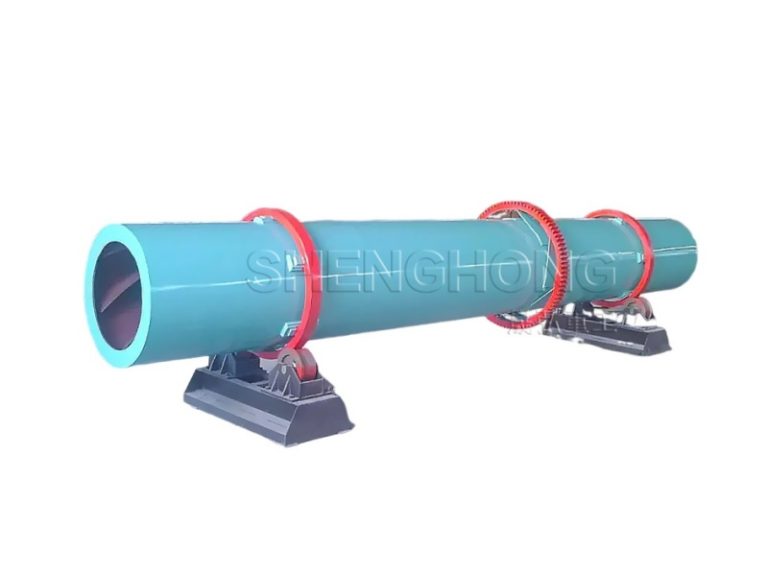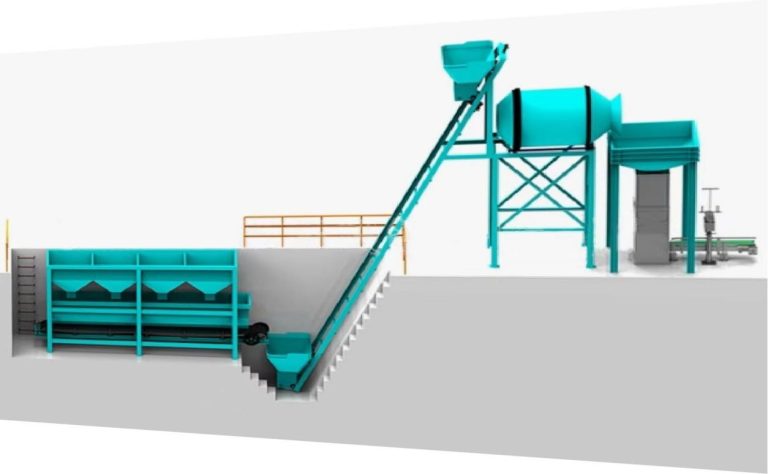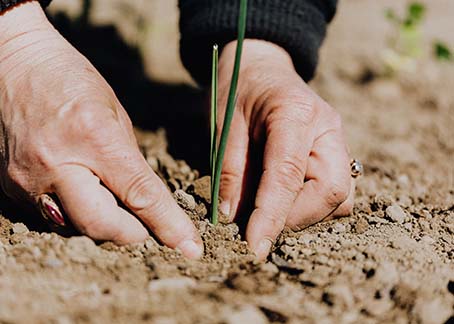Description
Composite fertilizer is made of nitrogen fertilizer, phosphate fertilizer, potassium fertilizer, and mineral powder by granulation. Nitrogen and potassium are easily soluble in water, and phosphate and mineral powder are insoluble or slow to dissolve. If the phosphorus content in the compound fertilizer is high, it will dissolve slowly; Nitrate nitrogen, ammonium chloride, or ammonium sulfide content is high, it will dissolve quickly; The quality of mineral powder is good and the amount is small, and the dissolution is fast, but the fertilizer strength is low and the powder is much. It can be seen that the speed of fertilizer dissolution is the need for formula ingredients in the production, and does not indicate the merits and true or false of the product. Many experiments have shown that base application is better for both binary and ternary compound fertilizers. This is because the compound fertilizer contains nitrogen, phosphorus, potassium and other nutrients, and the early stage of the crop is especially sensitive to nitrogen, phosphorus and potassium, requiring nitrogen, phosphorus and potassium to be applied as base fertilizer early.
Compound fertilizer should not be used for seedling fertilizer and middle and late fertilizers to prevent green and vain growth. Compound fertilizer dissolves slowly, and for crops that use compound fertilizer as base fertilizer when sowing, quick-acting water-soluble fertilizer should be added in time when topdressing according to the fertilizer requirements of different crops to meet the nutritional needs of crops. The concentration of compound fertilizer varies greatly, and attention should be paid to choosing the appropriate concentration: At present, most compound fertilizers are configured according to the average nutrient status of soil types in a certain region and the proportion of crop fertilizer needs. There are high, medium and low concentration series of compound fertilizers on the market, generally low concentration of total nutrients between 25%-30%, medium concentration between 30%-40%, and high concentration above 40%.
Depending on the region, soil and crop, choose to use economical and efficient compound fertilizer. General high-concentration compound fertilizer used in economic crops, good quality, less residue, high utilization rate. The concentration of compound fertilizer is high, and direct contact between seeds and fertilizer should be avoided. The nutrient content of compound fertilizer is high, and if it is in direct contact with seeds or seedling roots, it will affect seedling emergence or even burn seedlings and rot roots. When sowing, the seed should be 5-10 cm away from the hole application and strip application of compound fertilizer.
The ratio of compound fertilizer raw materials is different, and attention should be paid to the use of nutrient components: different brands and different concentrations of compound fertilizers use different raw materials, and the production should be selected according to the soil type and crop type. Compound fertilizers containing nitric acid, should not be used in leafy vegetables and paddy fields; The compound fertilizer containing ammonium ion should not be applied on saline-alkali soil. Compound fertilizers containing potassium chloride or chloride ions should not be used on non-chlorine crops or saline-alkali land; Compound fertilizer containing potassium sulfate should not be applied in paddy fields and acidic soil. Otherwise, it will reduce fertilizer efficiency and even poison crops. Compound fertilizer contains two or more large amounts of elements, nitrogen is easily volatilized or lost with rain, and phosphorus and potassium are easily fixed by soil, especially phosphorus has little mobility in the soil, which is not easy to be absorbed and utilized by crop roots when applied on the surface, and is not conducive to deep rooting of roots. In case of drought, fertilizer cannot be dissolved and the fertilizer efficiency is worse, so compound fertilizer should be deeply applied to cover soil.
2, water-soluble fertilizer dissolves faster, fertilizer effect is moderate, should do topdressing:
Topdressing refers to the application of fertilizer to the growth of crops. The role of topdressing is mainly to supply the large need for nutrients in a certain period of the crop or to supplement the lack of base fertilizer. Topdressing is characterized by more flexible application, and it is necessary to apply topdressing according to the element deficiency shown in different periods of crop growth. Production is usually a combination of base fertilizer, seed fertilizer and topdressing, generally based on base fertilizer topdressing as a supplement.
Usually, topdressing is a quick-acting water-soluble fertilizer with faster solubility, such as water-soluble fertilizer for soil conditioning; Water-soluble fertilizer for rooting and promoting flower buds; The products of expanding fruit and promoting root can regulate the soil, improve the soil compaction caused by the use of chemical fertilizers, improve the physical and chemical properties of the soil, and enhance the ability of soil water retention, fertilizer retention and fertilizer supply. It is the best fertilizer for adjusting soil, rooting, coloring and sweetening cash crops.
When the soil moisture is too high, the topdressing method of applying water-soluble fertilizer directly into the soil should not be used, and foliar spraying package nutrition can be used at this time. Foliar topdressing can be combined with spraying. This method uses less fertilizer, has a quick effect, and can avoid the fertilizer being fixed by the soil. It can show its advantages when it is used in the case of obvious nutrient deficiency and root senescence in the late growth period of crops.
3, the soil texture is different, and the solubility of the choice of fertilizer is different
Sandy soil: thin soil yield is low, easy to leak fertilizer, suitable for fast dissolution of fertilizer, but the amount of each time is less, the number of times is more, that is, "eat less and eat more". Sticky soil: high fertilizer yield, good water retention, suitable for a relatively slow dissolution of fertilizer, but each amount can be more, the number of times can be less, that is, "eat more and eat less".



